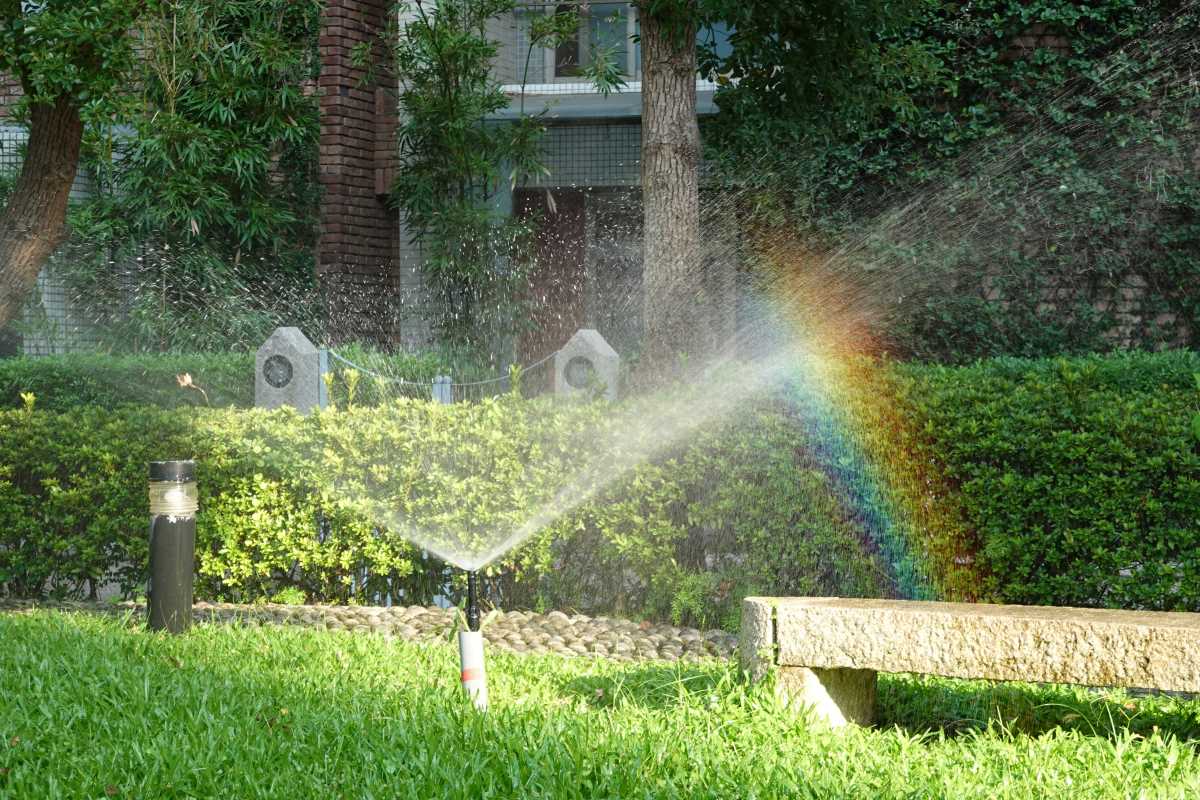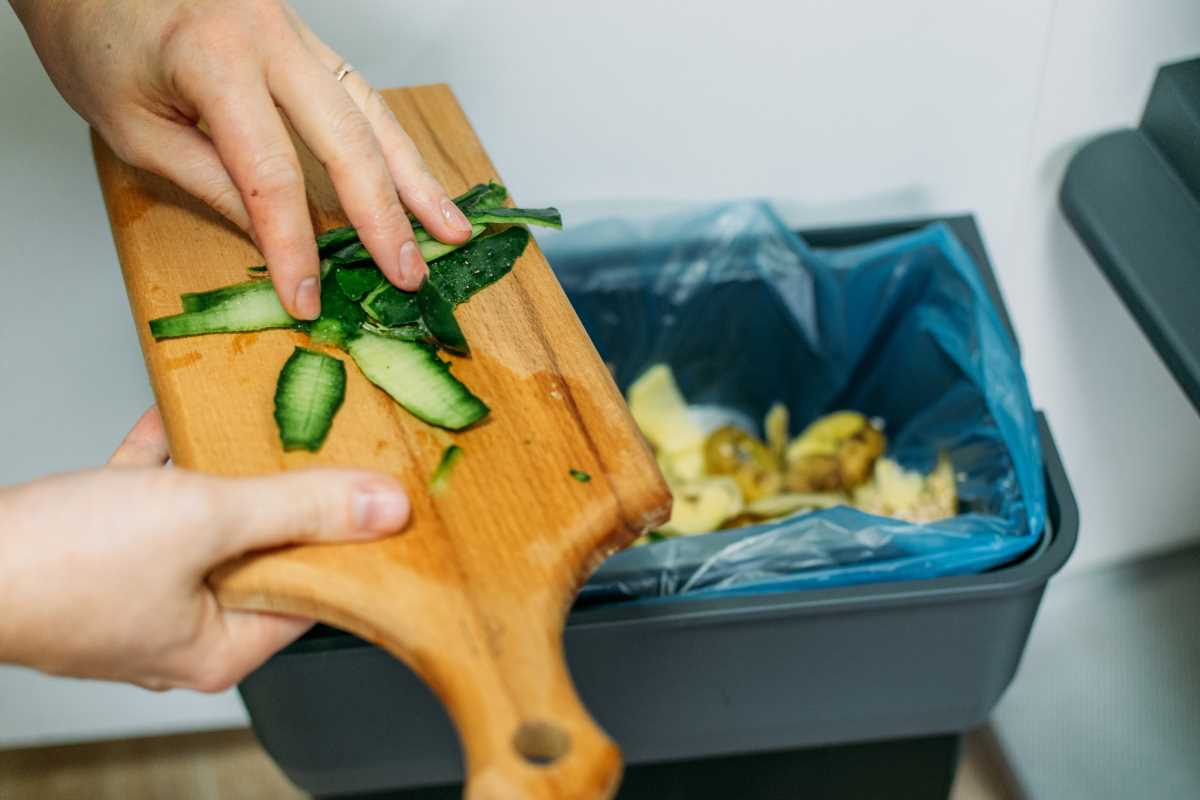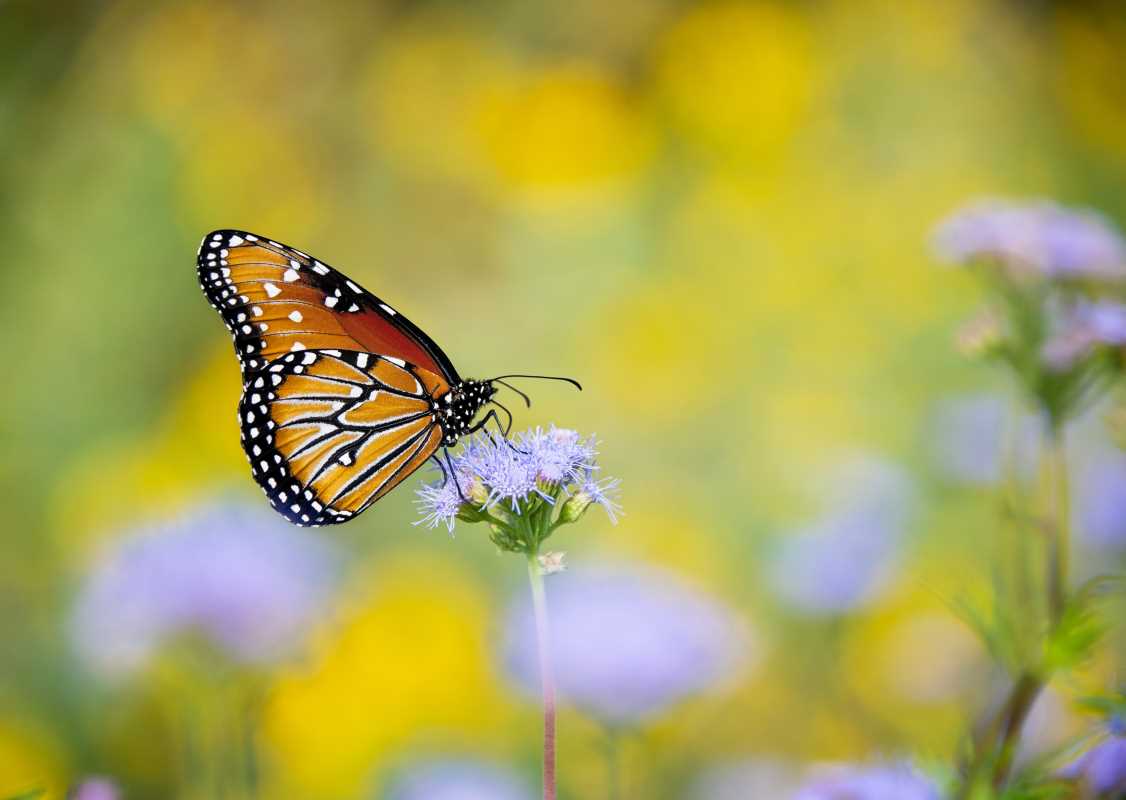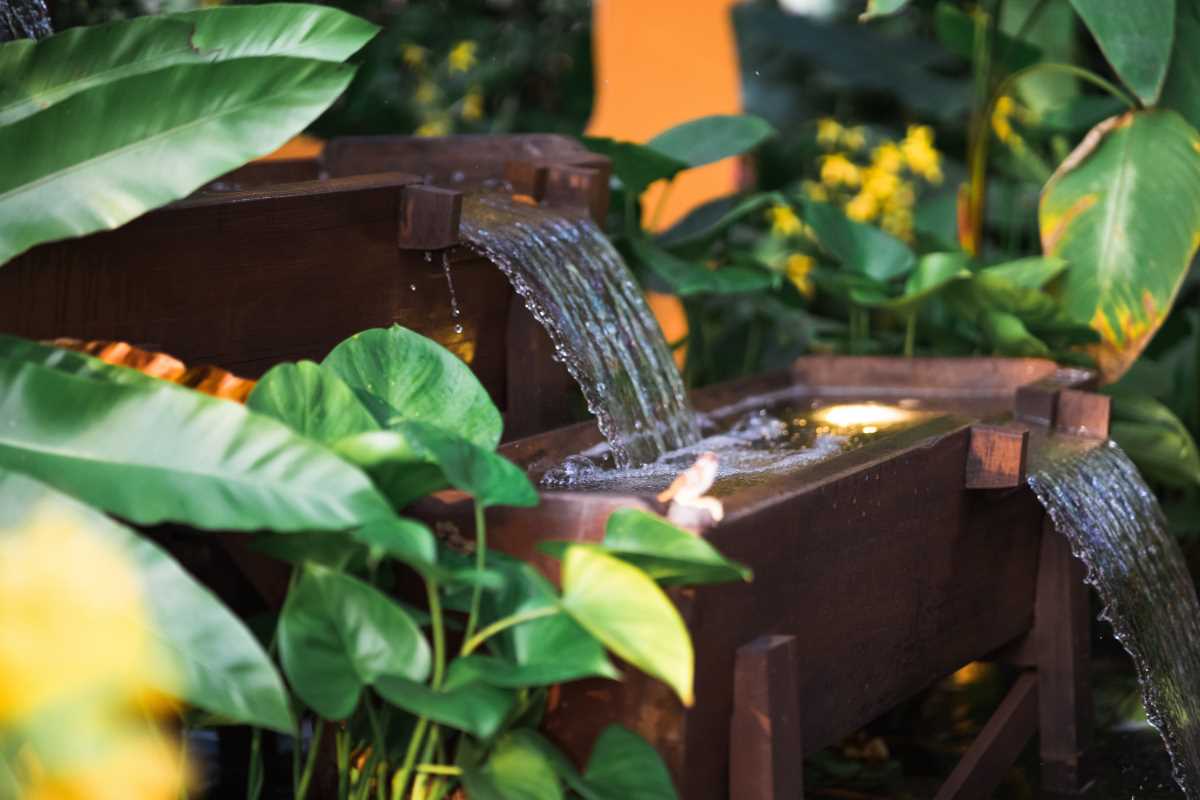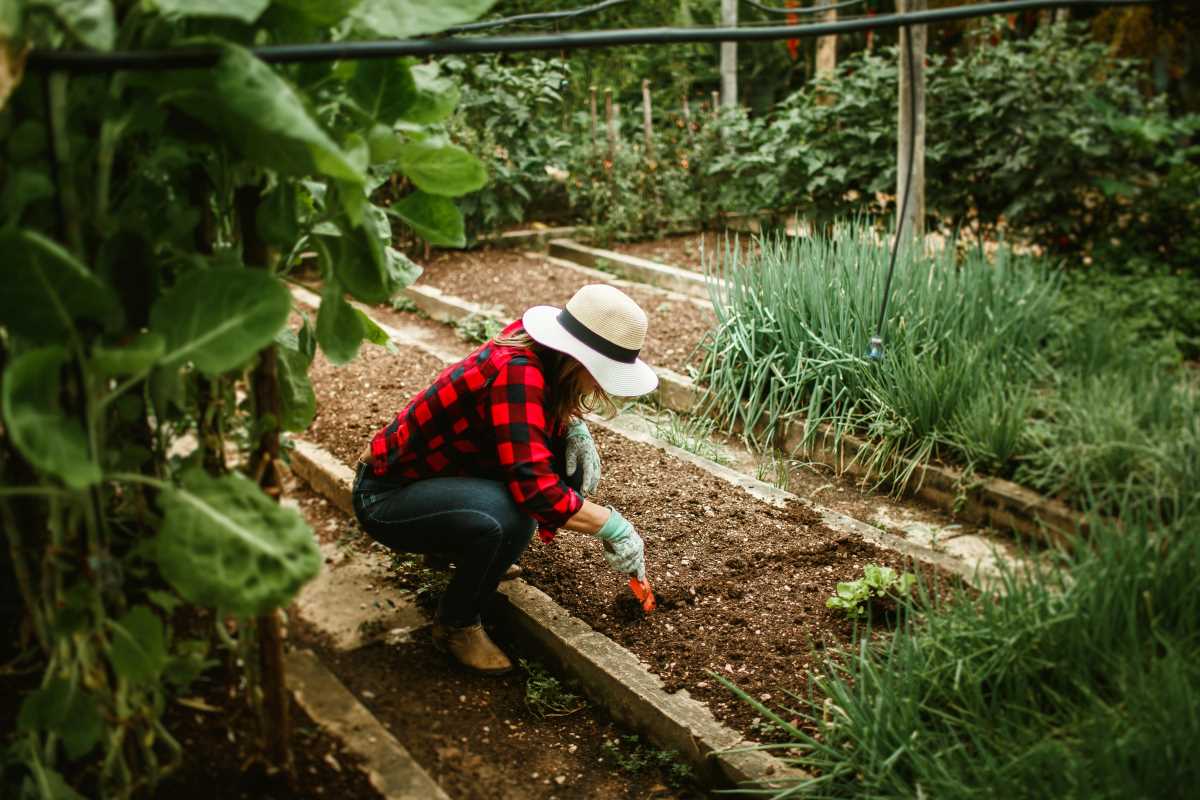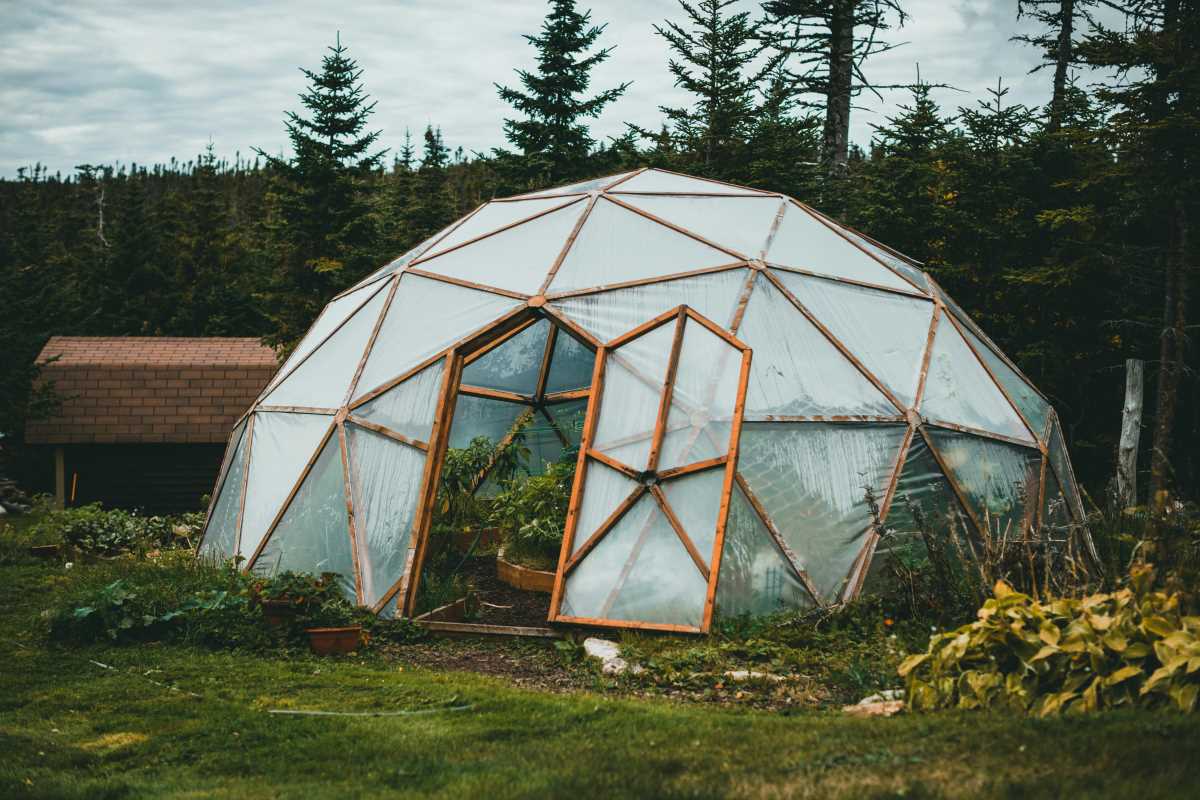Step into a delightful world where your home blossoms with color and flavor, enhancing both your surroundings and your culinary creations. Edible flower container gardens offer a unique opportunity to cultivate stunning flowers that bring beauty to your outdoor spaces and a burst of fresh, aromatic flavors to your kitchen. This gardening technique seamlessly turns any small backyard or balcony into a vibrant, functional oasis, ideal for beginners venturing into the rewarding journey of home gardening. With these gardens, you can easily enjoy the dual benefits of dazzling decor and delicious, homegrown ingredients that elevate everyday meals.
These gardens mix creativity with practicality. They make use of compact spaces to yield both beauty and delicious ingredients that you can enjoy straight from your garden. Whether you have a windowsill or a cozy patio, creating an edible flower container garden can fill your space with color and life while providing unique culinary elements.
The Tasty Benefits of Edible Flower Container Gardens
Edible flower container gardens provide many perks that make them attractive for new gardeners. They combine functionality with style, giving you the chance to experiment and personalize your space while reaping delicious rewards.
Consider these benefits when starting your garden:
- Space-saving design, perfect for small yards or balconies
- Versatility in planting, allowing you to choose a mix of flavors and colors
- Aesthetic appeal that adds beauty to your home exterior
- Access to fresh ingredients for cooking and garnishing food
- Creative expression that reflects your personal taste and style
Top Edible Flowers for Your Garden
Selecting the right variety of edible blooms is key to a fruitful garden. Choosing species that provide a mix of taste and visual delight ensures that your container garden not only pleases the eye but also excites the palate.
Here are some popular edible flowers that you can plant:
- Calendula – known for its vibrant orange and yellow hues and a slightly tangy taste
- Pansies – available in a rainbow of colors, these flowers add a mild, fresh flavor to salads
- Nasturtiums – sporting bright red, orange, or yellow blossoms with a peppery kick that livens up dishes
- Violas – a smaller cousin of pansies with delicate and colorful petals, perfect for garnishing
- Lavender – with its beautiful purple spikes, it delivers a calming aroma and a subtle taste that works well in baked goods
How to Set Up Your Edible Flower Container Garden
Start your container garden by selecting the proper container. Choose pots with good drainage holes and a size that fits the number of plants you want to grow. Containers come in many materials, including ceramic, plastic, and even repurposed items, giving you room for creativity and customization.
Once you have your container, fill it with a well-draining soil mix that suits both flowers and edible plants. Find a balance between nutrients and drainage by choosing a mix that contains compost or organic matter, ensuring your plants receive steady nourishment during their growth period. Mark out spaces for each plant if they have varying needs, and consider interplanting to make the best use of your container's space.
Next, follow these simple steps to get your garden blooming:
- Place your container in a spot that receives sunlight for at least 6 hours a day.
- Fill the container with a lightweight potting mix that drains well.
- Dig small holes and gently place your seedlings or seeds, ensuring correct spacing.
- Water the soil lightly to settle it around the roots, and let it drain fully.
- Keep an eye on the plants as they grow and adjust watering based on weather patterns.
Tips for Caring for Edible Flower Gardens
Maintaining an edible flower container garden requires regular care and attention. Watering should be done carefully; aim for a consistent schedule that keeps the soil moist without drowning the plants. Check the container frequently and adjust watering during hot or windy days, as these conditions can dry out your soil faster.
Sunlight plays a significant role in the success of your garden. Ensure your container receives plenty of direct sunlight each day. Monitor how much light each type of flower needs, as some varieties might enjoy a mix of sun and light shade. If you notice any yellowing leaves or wilting, inspect your watering habits and check for pests or diseases that could be affecting the plants.
Other tips include adding a balanced fertilizer once or twice during the growing season and clearing any dead or decaying plant material to keep the garden vibrant. A simple daily check can help you adjust care based on your plant's changing needs, and experimenting with natural pest deterrents can keep your garden healthy.
Treat troubleshooting as a fun learning opportunity. If you encounter issues like mold or poor growth, observe careful adjustments like increasing sunlight exposure or reducing water. Pay attention to subtle changes and use them as cues for perfecting your garden care routine.
Creative Ways to Use Edible Flowers in the Kitchen
Many home cooks are discovering the magic of incorporating fresh blooms into their recipes. Edible flowers add not only color but also a unique flavor to meals, turning ordinary dishes into festive creations. Sprinkle petals on salads, mix them into ice creams, or use them to decorate pastries for an extra touch of charm.
Enhance your beverages by infusing floral notes into teas or syrups, or even mix them into vinaigrettes for a gourmet twist on your dressing. Let your taste buds guide you through the process of discovering what works best with your favorite dishes, and remember that a little creativity can go a long way in the kitchen.
Mixing Edible Flowers with Greens for a Colorful Fusion
Combining edible flowers with a variety of greens creates a lively garden that offers both flavor and visual appeal. This technique not only enriches your garden but also inspires creative ideas for your meals by presenting an appealing mix of colors and textures. The elegant interplay between vibrant blooms and lush greenery contributes to a colorful fusion that looks stunning in any container.
Interplanting these elements can also help prevent overcrowding and create micro-environments where each plant can thrive. By combining varieties, you invite a natural balance of flavors and nutrients—a concept that translates both to your garden and to the dishes you prepare using your harvest. Think of your container as a small ecosystem where every plant plays a role in delivering a unique culinary experience.
A Blossoming Escape
This adventure in gardening transforms everyday spaces into delightful retreats. Starting an edible flower container garden is a fun process that brings life, flavor, and beauty into your home. Enjoy the journey of watching your blooms flourish, and let each step be a creative exploration of nature's vibrant offerings.
Start your gardening journey with confidence and enjoy the beauty and flavors your efforts bring. Experiment, learn, and savor the results at home.
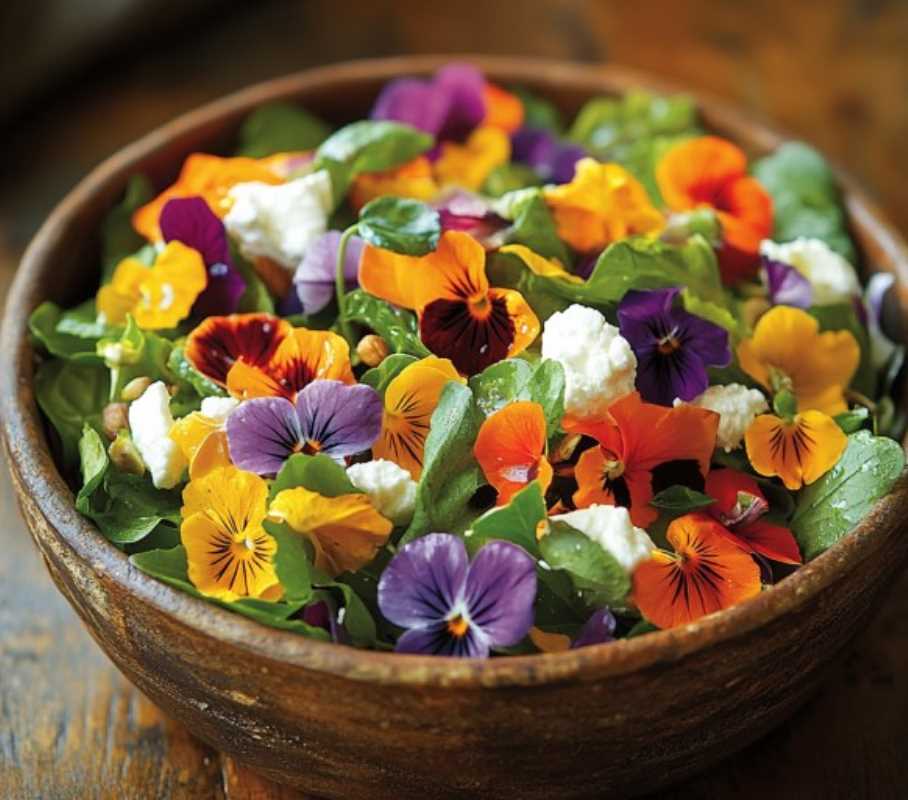 (Image source: Midjourney)
(Image source: Midjourney) 